- Accueil
- Voyages thématiques
- Nos Circuits En Inde
- Destinations
- Offres Promos
- Contactez-nous
- Accueil
- Voyages thématiques
- Nos Circuits En Inde
- Destinations
- Contactez-nous
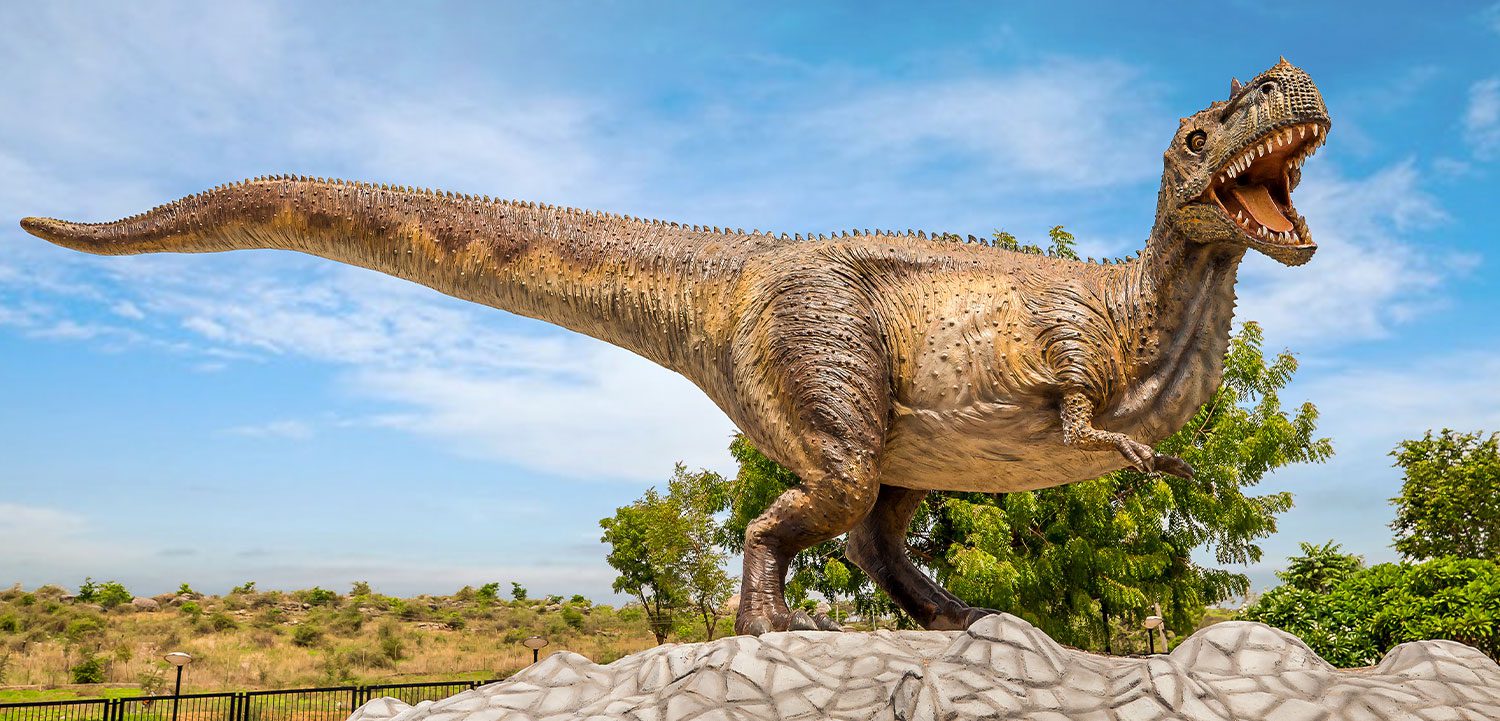
Situated around 100 km from Vadodara, Balasinor was earlier a princely state under the Babi dynasty. A visit here will be incomplete without a stay at the home of the royal family that has now been converted into a heritage homestay. Balasinor is also known as the Jurassic Park of India.
... The star here is the remains of Rajasaurus Narmadensis, a carnivorous dinosaur of the Cretaceous period that is believed to have roamed the Narmada region about 65 million years ago. It was in Balasinor in the 1980s, during a regular geological survey of this mineral-rich area, that palaeontologists found dinosaur fossils and bones. Several excavations ever since have resulted in the discovery of bones, eggs and a skeleton (now on display at the Kolkata Museum). There is a dinosaur fossil museum in the city, spread over 70 acre that is an absolute must-visit. Lire la suiteOne of the oldest seaports in the western region of the country that has been in operation since 1st century AD, Bharuch is a riverside village. It is here that River Narmada empties itself into the sea. Located around 80 km from Vadodara, Bharuch apparently got its name from the temple here
... that Sage Bhrigu prayed at. The city has been mentioned in a few Jataka tales and is a sacred pilgrim spot for Jains. Voyage au Gujarat en Inde avec agence de voyage Namaskar India Tour. Today, it is considered to be one of the busiest industrial belts in the state. Well-connected by road to Vadodara, Bharuch is a treasure trove of heritage and displays Gujarat's culture in a beautiful manner. Some of the major attractions here include the Bharuch Fort, the temple Sage Bhrigu sat in, a Golden Bridge over River Narmada, and the Jama Masjid. Bharuch Fort is located at a hilltop, overlooking the Narmada river with Jama Masjid at its base. Lire la suite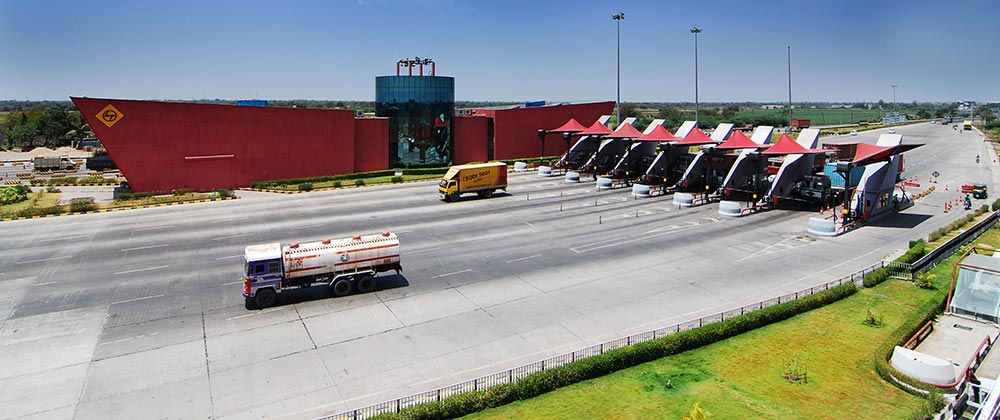
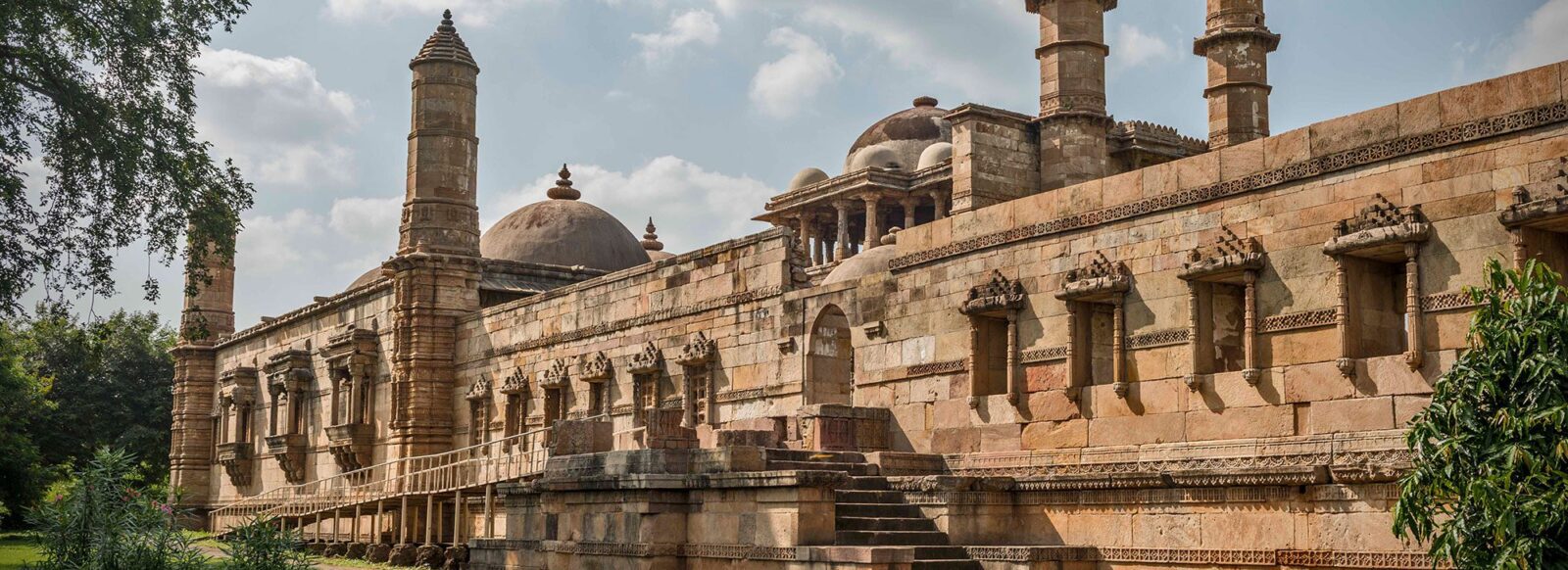
The ancient city of Champaner, around 50 km from Vadodara, is best known for the Champaner-Pavagadh Archaeological Park, a designated UNESCO World Heritage Site. To get a peek into history, walk around this splendid site that is a well-preserved Islamic pre-Mughal city.
... From archaeological and cultural sites to a hill fortress and the remains of a capital city of Gujarat in the 16th century, there are plenty of historical gems in the area. Champaner has a number of mosques, including the famous and magnificent Jama Masjid, Sahar Ki Masjid, Gumbai Ki Masjid, Kevasa Masjid and Nagina Masjid, most of which were made in the 15th century. The stunning fortress of Champaner is another must-visit site, which has earned a reputation for its blend of Hindu-Muslim architecture. There are also plenty of well-preserved Hindu and Jain temples that are a sight to behold. A great city of antiquity, Champaner once stood tall and proud. Re-discovered centuries later, it makes for an extremely fascinating visit for the history buffs. It was once the capital city of Gujarat. Champaner was ruled over by several dynasties including Chauhan Rajputs, Marathas, Mughals and more till it saw decay. Lire la suiteThe UNESCO World Heritage site of Champaner-Pavagadh Archaeological Park is marked by bastions and forts that begin from the Pavagadh Hills and extend into Champaner city. To get a peek into history, walk around this splendid site that is a well-preserved Islamic pre-Mughal city.
... With a large number of Hindu and Jain temples as well as mosques, most of which were constructed during the time of the Gujarat Sultanate, the city has a lot to boast. From step wells, cemeteries, granaries and fortification walls, it is clearly evident that a well-planned town once existed here. Circuits au Gujarat avec agence francophone Namaskar India Tour. At the base of the hill was located the principal township, which included the royal palace (Hissar-i-Khas) and the Jama Masjid that was strategically planned in the centre with arterial roads reaching the nine gates of the city. Mosques were constructed near most of these gates at an elevation so that they were easily visible from a distance. Lire la suite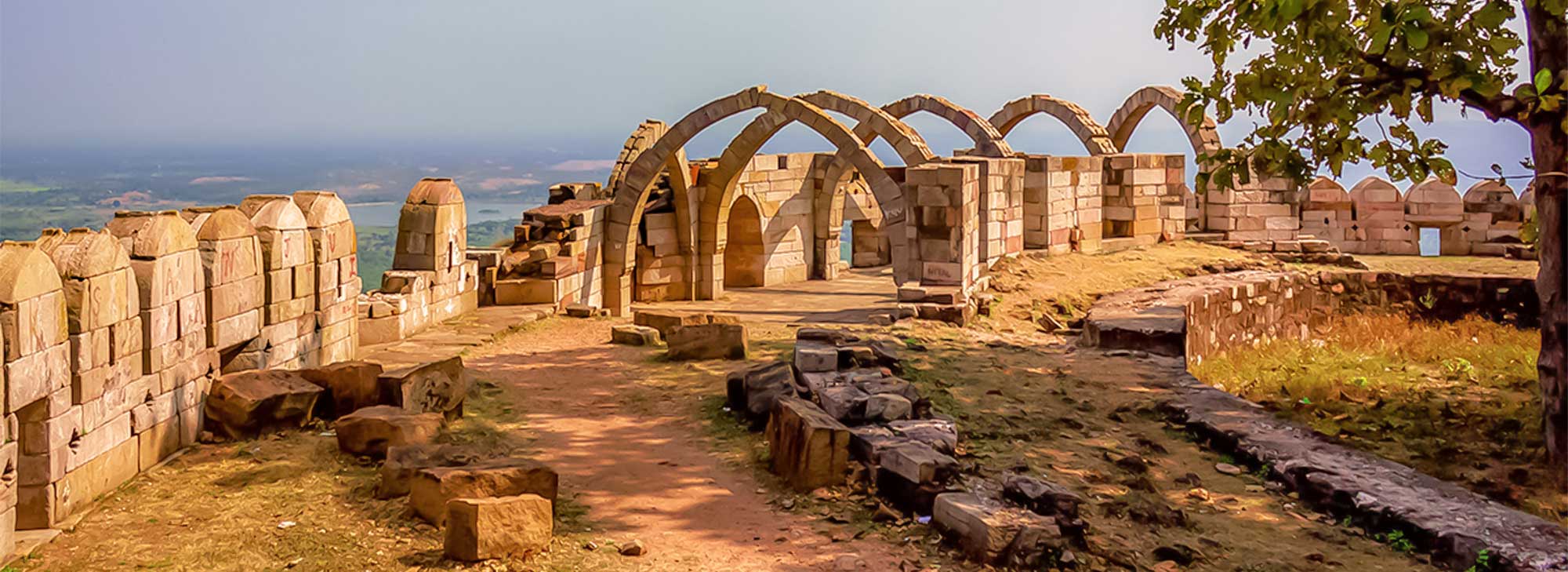
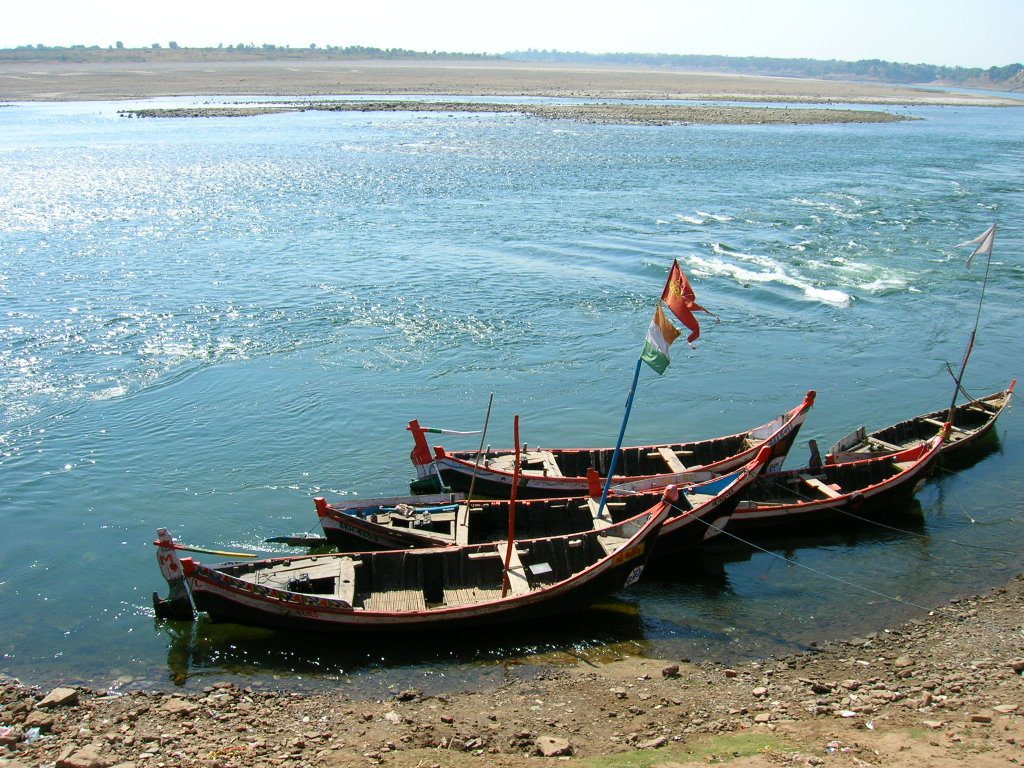
At the meeting point of Rivers Saraswati, Narmada and Orsang in Dabhoi taluka, stands the city of temples, Chandod. Renowned as a holy site, a dip here is considered to be very sacred. Located around 55 km from Vadodara, Chandod is home to the temples of Kashi Vishwanath and Mahadev. Chandod is often referred to as Dakshini Prayag because of the Triveni Sangam
... (the holy union of the three rivers). Along the bank of Narmada, there are six ghats one can visit. Most of these ghats are used to perform death rituals according to Hindu tradition. One of the ghats is Mallharao that has 64 steps and is 60 ft wide. Named after the father-in-law of Ahilya Bai Holkar, the queen of Indore, the ghat was built with money said to have been found under a sacred tulsi (basil) plant. Other prominent ghats here include Chakrapni, Yama, Harijan, Kapileshwar and Swami. Lire la suiteOriginally known as Darbhavati, the ancient fortified town of Dabhoi is significant for the Jain religion and finds mention in the scriptures of Girnar. With six temples including Sri Lodhan Parshvnath Temple, it is a popular pilgrimage site of the Jains. Situated around 35 km from Vadodara,
... Dabhoi, with its stunning grandeur, was home to a number of Jain scholars and added to the Jain Granth Bhandar, a collection of ancient Jain manuscripts. Voyage au Gujarat pas cher avec agence de voyage Namaskar India Tour. The main attraction in this ancient town is Dabhoi Fort that boasts beautiful and intricate stone carvings and iconography on its walls and gates. In recent times, Dabhoi has also gained fame for its narrow-gauge railway station, one of the largest and the oldest in Asia. Approximately 10 km from Dabhoi lie an irrigation reservoir and a wetland that are not only a water source for the nearby villages but also an excellent site for birdwatching. Here, one can spot species like stork, tern, ibis, spoonbill and more. There is an eco-tourism campsite as well, best visited in the migratory season between October and March. Lire la suite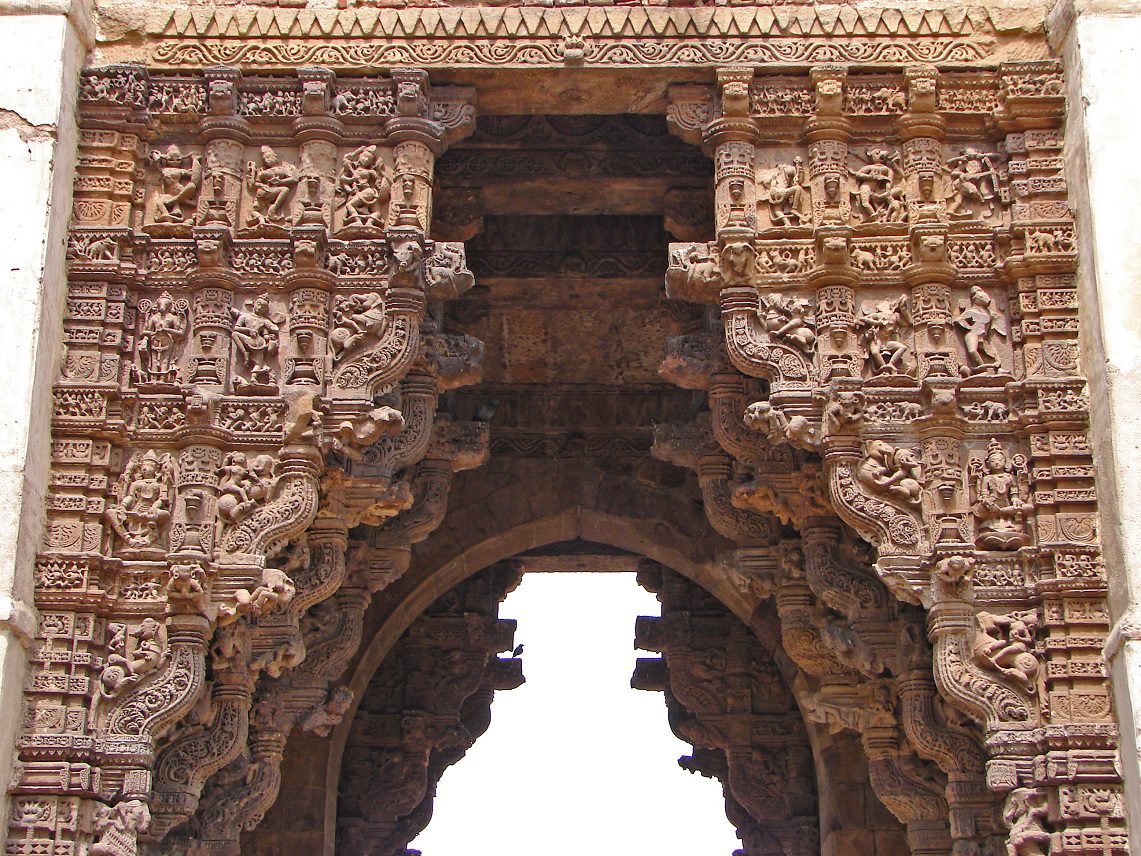
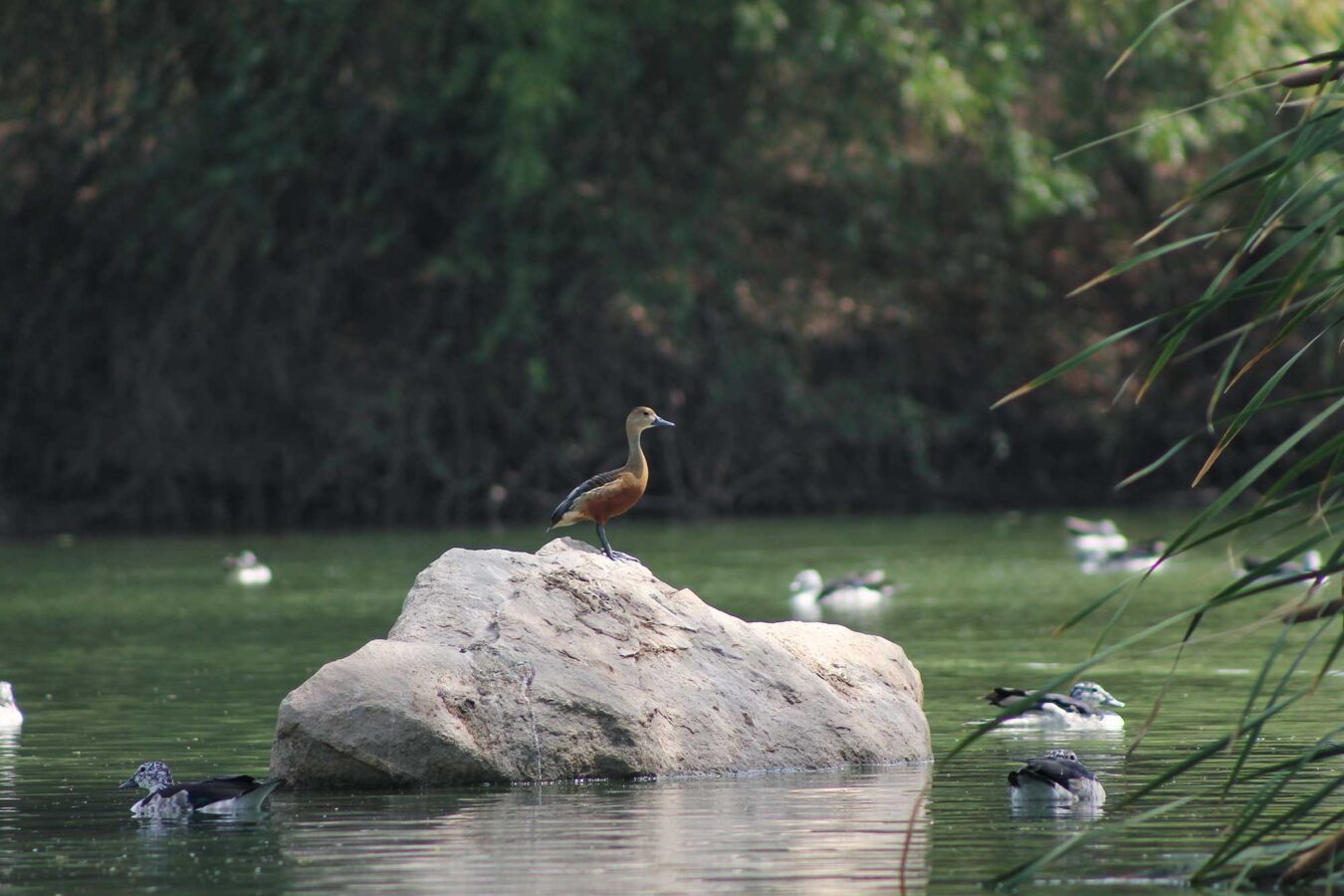
Located about 70 km from Vadodara, Jambughoda Wildlife Sanctuary is dotted with teak, mahuda and bamboo trees, along with several herbs and medicinal plants. It is home to a vast population of leopards, wild boars, jackals, hyenas, barking deer, sloth bears, four-horned antelopes (chausingha)
... and the largest antelope in Asia, nilgai. Those fond of avifauna must carry binoculars as the sanctuary is also home to birds like paradise fly catcher, golden oriole and tailor bird. During winter, the lakes attract migratory birds like pin-tails, teals, Brahminy ducks and comb ducks. Moreover, it is also home to a wide variety of snakes including cobra, rat snake, Russel’s viper and python. One of the two reservoirs in the sanctuary, Kada, has the facility of a forest rest house where tourists can camp. Jambughoda has also been home to various tribal settlements. Expert and amateur trekkers can climb several trails in the sanctuary's region, nestled in well-forested hills. The forest near the sanctuary also makes for a marvellous camping site. Lire la suiteLocated around 100 km from the city of Vadodara, the Kadia Dungar site has seven rock-cut caves as well as monolithic lion pillars. A unique amalgamation of nature’s art and humans’ skills, the caves draw admirers from far and wide.
... It is said that pointed tools were used in the construction of the caves’ splendid layers. Circuits au Gujarat sur mesure avec Namaskar India Tour. Believed to be a delicate artistic technique, the Buddhist architecture of the caves suggests that they were built in the vihara style. It is believed that the caves were in use between the 1st and 2nd centuries. At the foothills of the caves, a brick stupa can be found. The caves and especially, the stupa are believed to be sites of Buddhist pilgrimage; they are also used as venues for celebration of Buddhist festivals. Another monument to be visited is Ghodki Ghadiyal. Lire la suite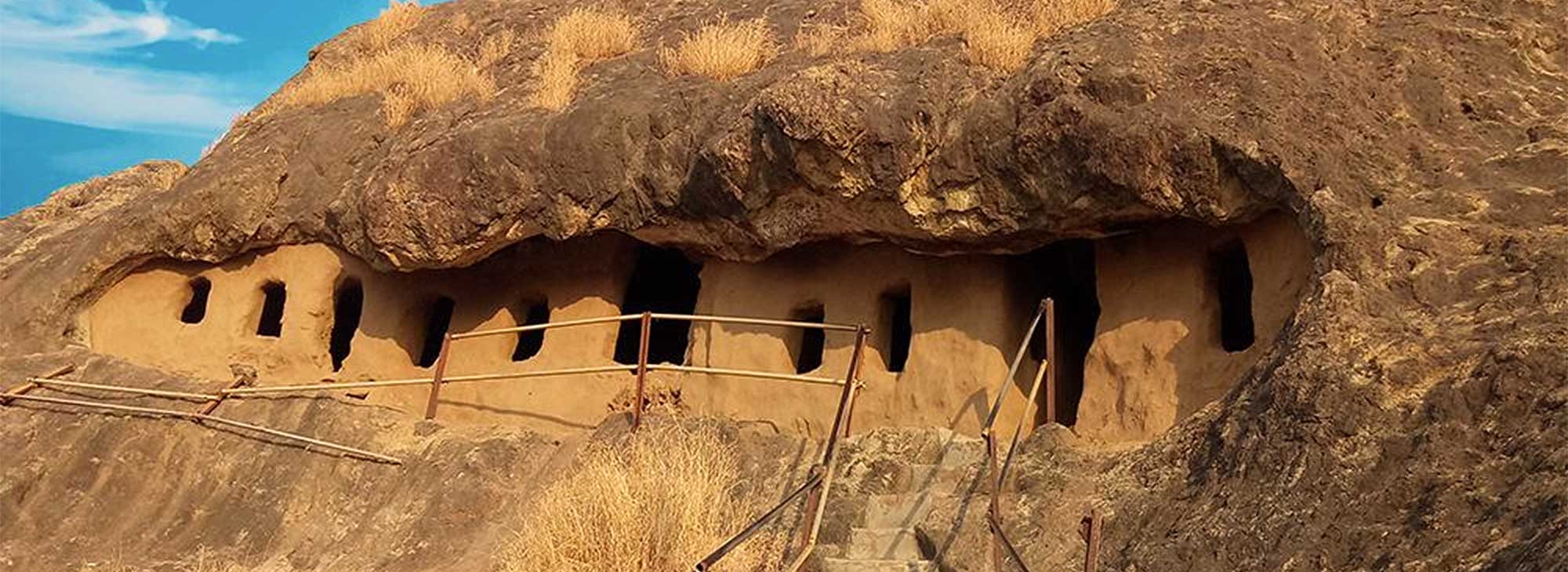
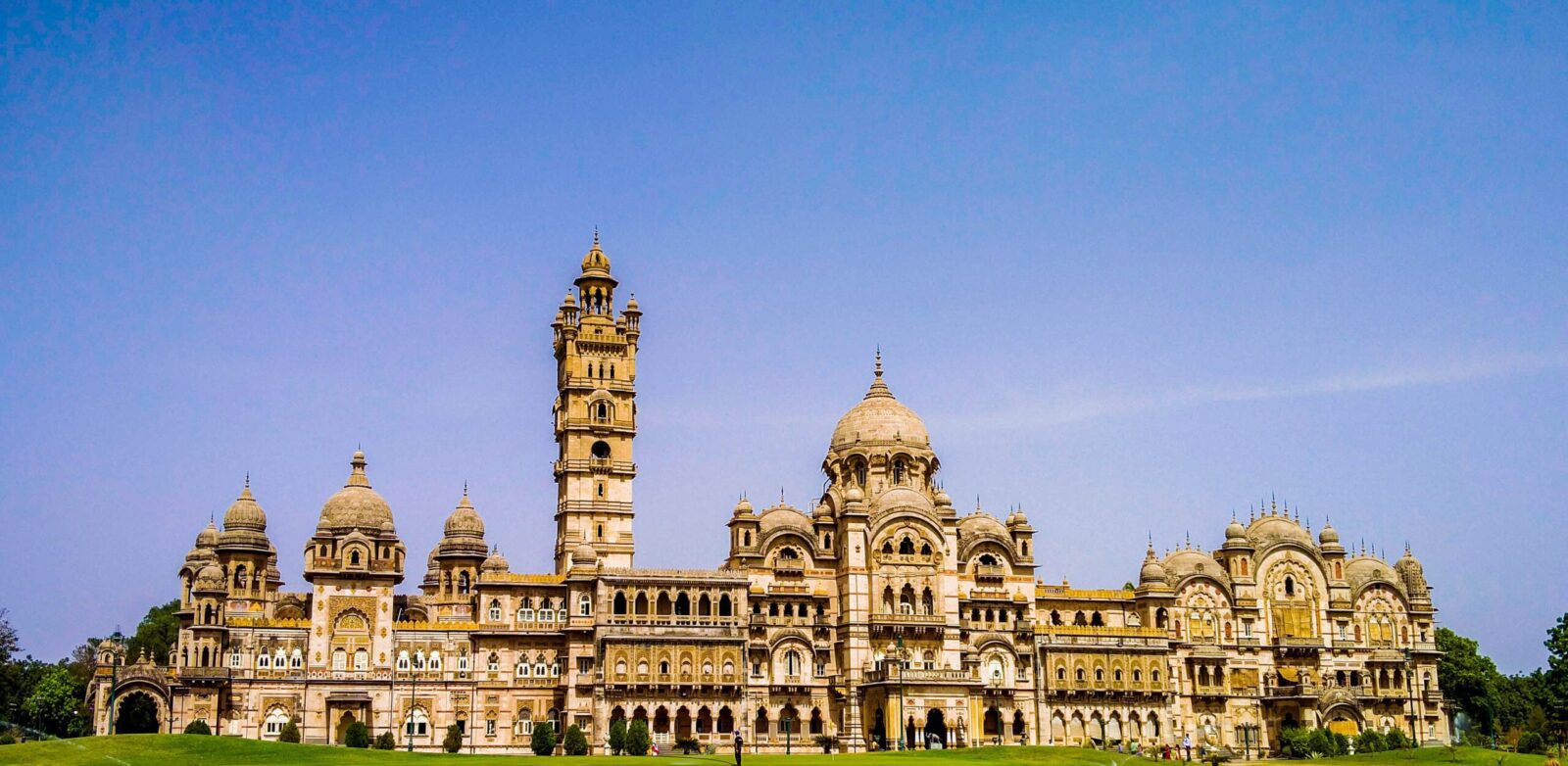
A gorgeous structure built in the Indo-Saracenic architectural style, Lakshmi Vilas Palace was constructed in 1890 by Maharaja Sayajirao Gaekwad III, the ruler of Baroda (1875-1939). The palace is spread over a vast area of 500 acre and houses many architectural riches. The ornate Durbar Hall is perhaps the most attractive and acts as a venue for occasional cultural events and music concerts.
... It is adorned with Belgian stained glass windows, a Venetian mosaic floor and walls with intricate mosaic decorations. Outside the Durbar Hall is an Italian courtyard with pretty water fountains. Also housed inside the palace are remarkable collections of old armoury, bronze, marble and terracotta sculptures. The lawns and gardens of the palace are also noteworthy and were landscaped and directed by William Goldring, who was also responsible for the royal botanical gardens. Other attractions inside the palace are Maharaja Fateh Singh Museum and Moti Baug Palace. It is said that Major Charles Mant was the architect of this magnificent palace. The Moti Bagh cricket ground lies right next to the museum, along with the offices of the Baroda Cricket Association. The complex also has Navlakhi Vav, a step well dating back to 1405 AD. Audio tours and guided tours of the palace are available for visitors. Lire la suiteBuilt in an Italian style of architecture, Makarpura Palace is a gorgeous structure that once served as the summer home of the Gaekwad royal family. It was commissioned by Maharaja Khendarao Gaekwad II and its construction was completed in 1870. Voyage sur mesure au Gujarat avec Namaskar India Tour.
... It is said that the Maharaja spent a lot of time here on his hunting trips. The palace is a three-storey structure that is divided into two parts and has more than 100 ornate brick rooms, along with frame-arch balconies and wooden staircases. The highlight of the palace is its Japanese-style 130-acre garden. Designed by William Goldring, the architect of the royal botanical gardens, the garden at the palace was named Kew and had a swimming pool and a lake with swans. There were ivory fountains as well that were activated to welcome the king every time he came to visit the palace. Lire la suite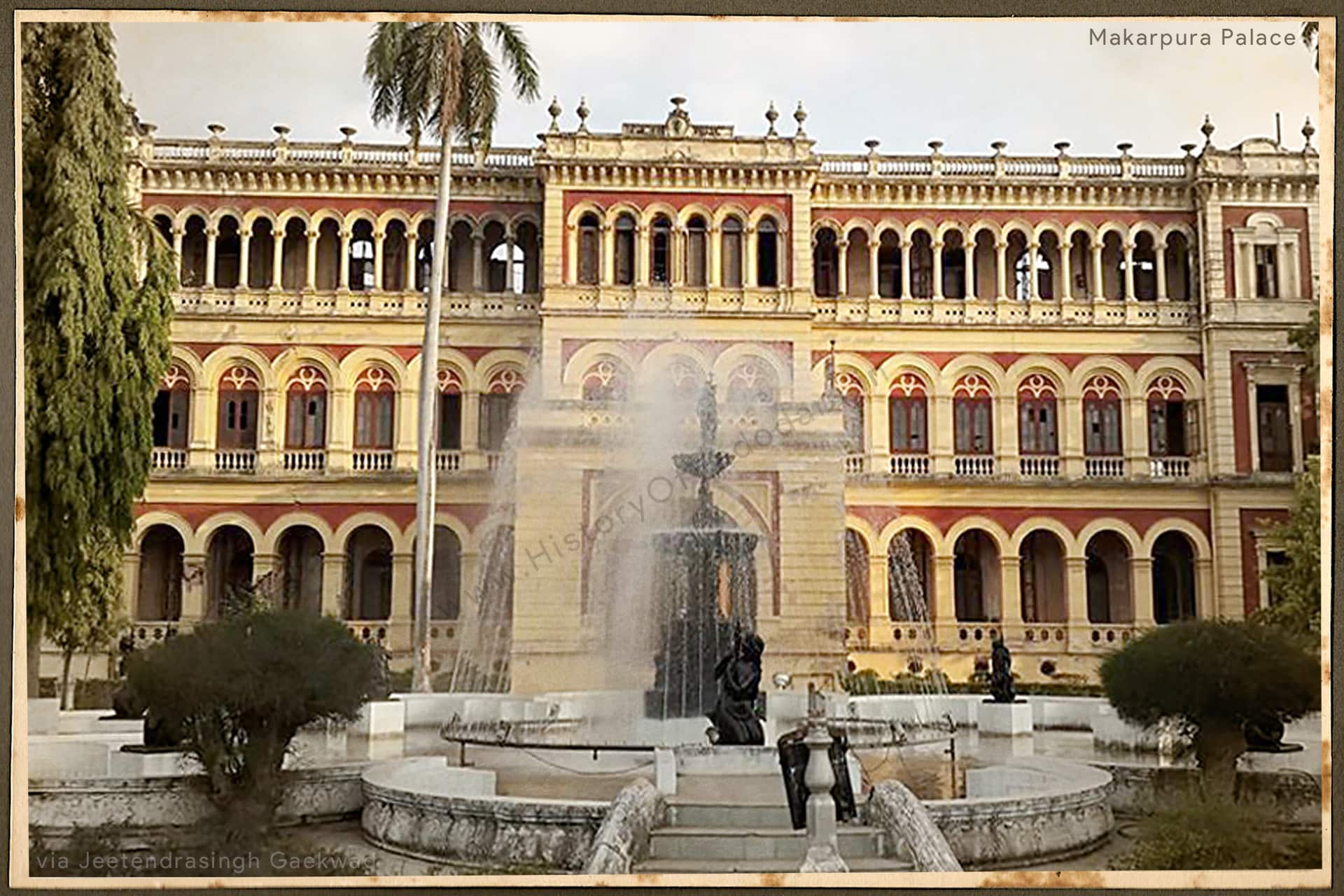
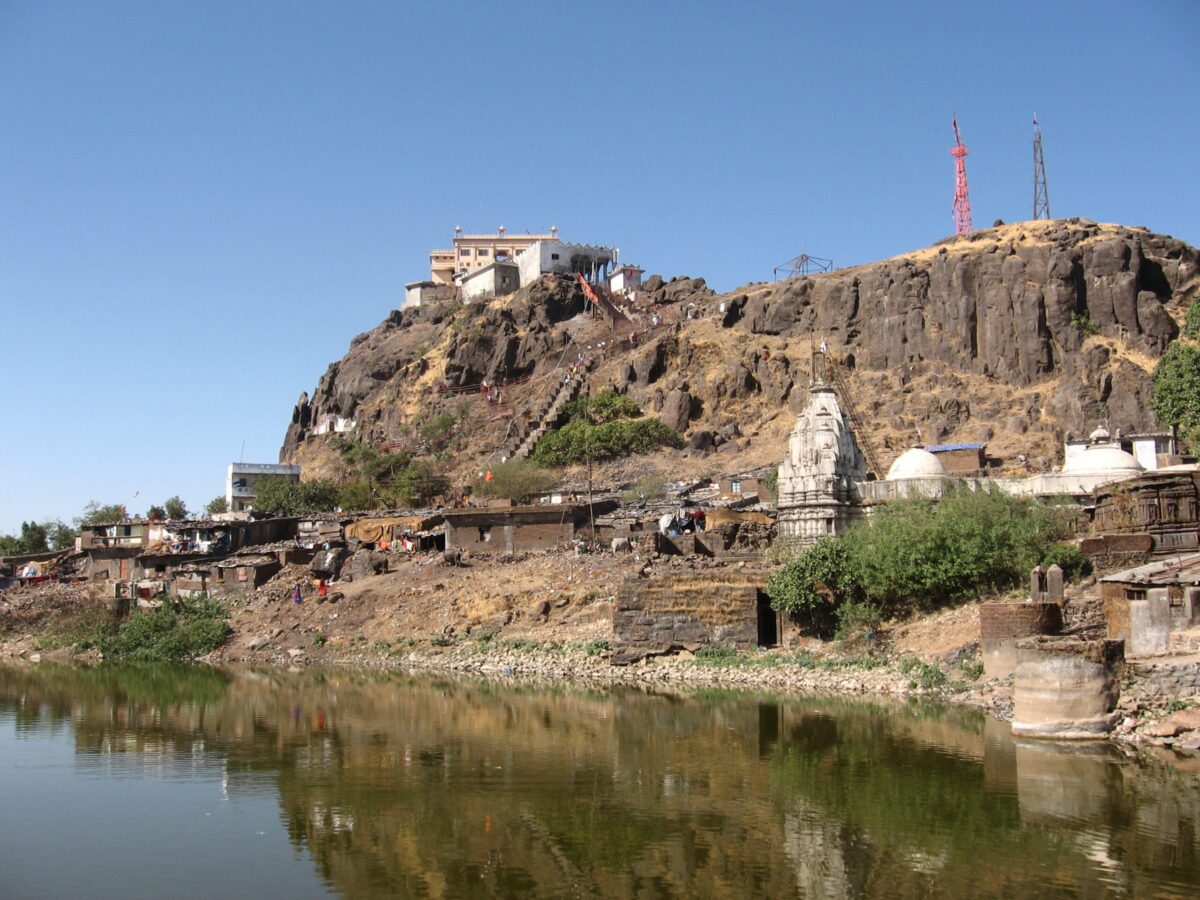
The hill station of Pavagadh is located about 46 km from Vadodara and is best known for the Mahakali Temple. Dedicated to the Goddess Kali, the temple is believed to have been built somewhere between the 10th and 11th centuries. It holds large fortifications and an open square in front of it for crowds to gather.
... There are two altars within the premises and an array of lights and diyas are lit during festivals. The main shrine of Kalika Mata in the inner sanctum is painted in bright red; other idols that can be found in the temple include Mahakali and yantras of Bahuchara. The Machi Haveli, nearby, is used as a resting spot by pilgrims. Pavagadh town, apart from the temple, has a ruined fort, a palace, a middle fort and thereafter, an upper fort filled with Hindu and Jain temples. The walls of the fort, built by the Solanki rulers, still stand tall amid ruins. Lire la suiteLocated around 130 km from Vadodara, Ratanmahal Sloth Bear Sanctuary is home to the maximum number of sloth bears found in the state of Gujarat. It is an absolutely thrilling experience to witness these cute creatures in their habitat. Some other species you can spot in this sanctuary are leopards, hyenas, jungle cats, langurs, striped hyenas,
... four-horned antelopes, porcupines, palm and Indian civets and mongoose. The sanctuary also invites birdwatchers for its avifauna species like Loten's sunbird, green barbet, crested serpent eagle, grey junglefowl, common babbler, hoopoe, lesser golden-backed woodpecker, Alexandrine parakeet and many more. About 55 sq km of the sanctuary's land is dedicated to reserve forests for 11 villages housing tribal communities. A major area is also under the possession of the irrigation department. The forested area once used to belong to the ex-ruler of Devgadh Baria. Lire la suite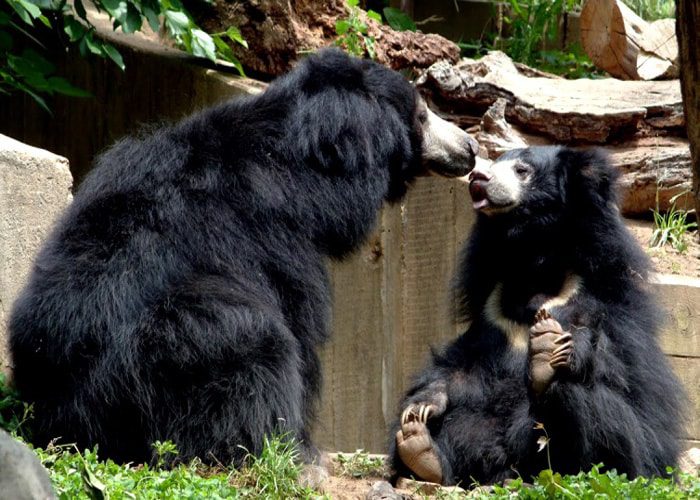

Located on the outskirts of Vadodara, the town of Sankheda is renowned for its handcrafted furniture and finely polished lacquerwork. The craft form has a high demand both in the country and internationally. The artist community of Kharadi Suthars here creates beautiful masterpieces
... using lathes, handheld tools and basic machinery. Voyage combiné Rajasthan et Gujarat - Découvrir l'Inde avec Namaskar India Tour. While here, you can visit the homes or work centres of these artists and watch them in action! Another interesting feature is the town’s history. Several stone relics, belonging to the Stone Age, have been excavated here. Five temples, believed to be dating back to the period of Mahabharata, have also been found, indicating that the Pandavas might have lived here for a while. There are two stone inscriptions in town that establish the place’s historical importance, and one of them is at the public park near the Taluka Panchayat Office that bears inscriptions from 1299. The other stone inscription is located at the entrance door of the ancient fort in town and bears Shak Year 1417, and is written partly in Persian and partly in Sanskrit. Lire la suiteAlso known as Kamati Baug, Sayaji is a lush garden that is one of the oldest and the largest in the city. It is noted for its statues, zoology exhibits, a picture gallery, Sardar Patel Planetarium, an Aoral clock, a toy train, Mughal miniatures and works by Europe’s master craftsmen.
... Spread across 113 acre, it is dotted with more than 98 species of trees. There are three entrances to the huge park, one of the entrances is at the Kala Ghoda Square, where an equestrian black statue stands. The toy train in the garden is the highlight and runs a distance of 3.5 km. Moreover, the zoo is popular for Asiatic lions. The garden is also home to the much-loved Baroda Museum. Sayaji Baug was a gift by Maharaja Sayajirao to the city and is currently maintained by the Vadodara Municipal Corporation. Lire la suite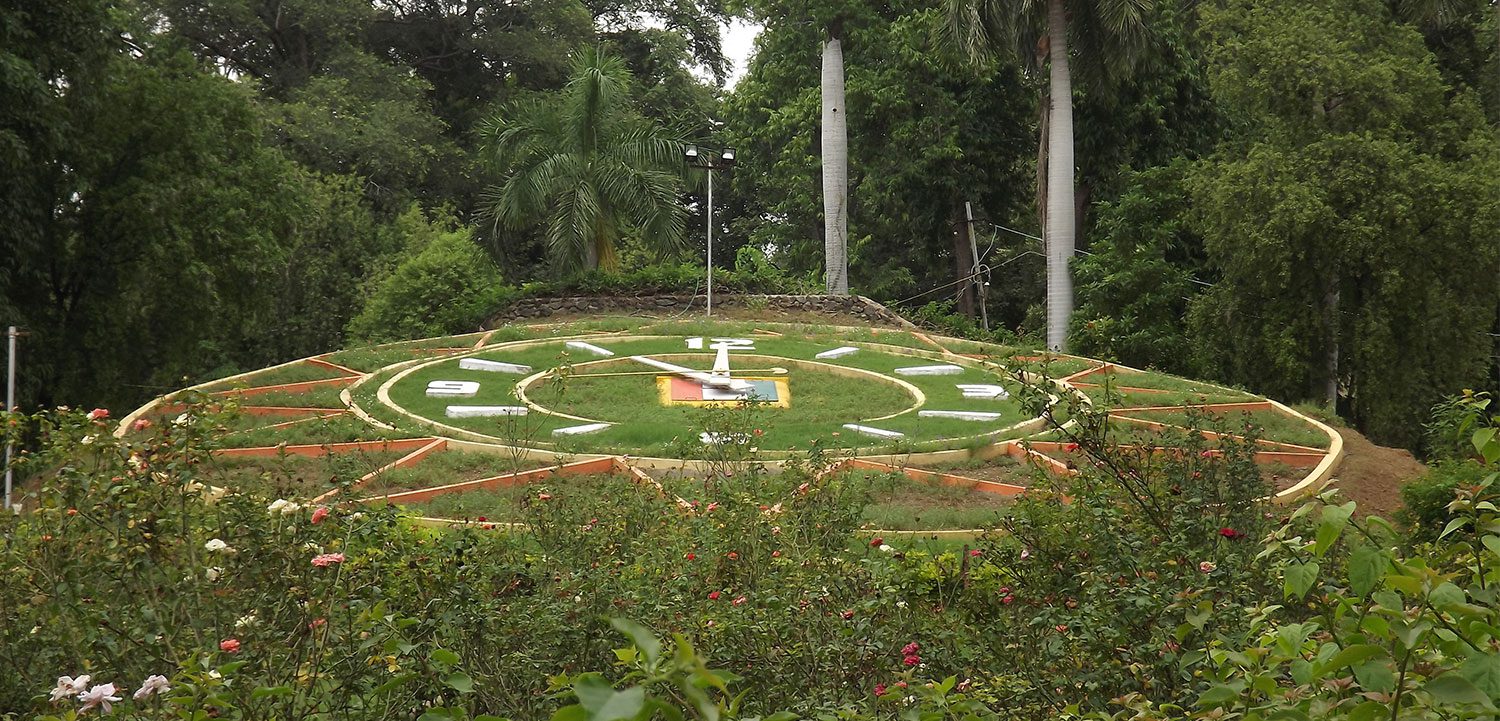
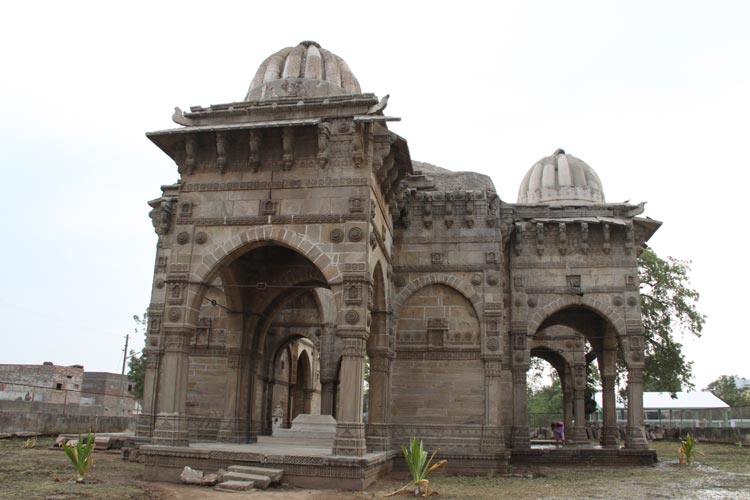
Located on the outskirts of Vadodara is the historical site of Sikandar Shah’s Tomb. Sikander Shah was the ruler of Champaner and was assassinated in 1526 AD. He was later buried at Halol beside two of his brothers. The mausoleum where his tomb lies was built by Sultan Bahadur Shah of Gujarat.
... With simple fluted domes, the tomb is made in sandstone and is considered a masterpiece of architectural craftsmanship. Voyage au Gujarat avec agence francophone Namaskar India Tour. The single-storeyed mausoleum has seven domes - two central and five smaller. It has been built on an elevated plinth in the Ahmedabad style of architecture. The interior is adorned with intricate floral patterns and geometric designs, especially on the pillars. The small, fluted capolas (a rounded dome) still stand here even though the central domes have crumbled. A chamber at the mausoleum also houses the graves of Bahadur Shah’s two brothers - Nasir and Latif, who also died in the same year. Lire la suiteIt’s huge, almost gigantic! That is the first reaction most people have as they speed down the winding road leading to the towering Statue of Unity (SoU). A long bridge connects the mainland to the Sadhu Bet Island, on which the statue stands. Silhouetted against the surrounding Vindhya and Satpura mountain ranges,
... the colossal statue almost seems to pierce the skyline. The legacy of Sardar Vallabhbhai Patel, India’s Iron Man, lives on in the form of this massive statue dominating the Narmada river basin. He towers over the landscape, as if, keeping an eye over the land he helped become independent. Standing at a height of 182 m, the Statue of Unity, is the tallest in the world. It depicts Sardar Patel in a walking pose, clad in his characteristic simple attire. About 100 times the height of a five-and-a-half-ft-tall person, one can see the statue from as far away as 8 km. The SoU was inaugurated on October 31, 2018, by Prime Minister Narendra Modi to commemorate Patel’s 143rd birth anniversary. The statue has been built on a star-shaped geometric base that covers the entire Sadhu Hill. It has a viewing gallery at 135 m, at the statue’s chest level, that can be reached via two high-speed elevators. The gateway to the elevators is through an exhibition gallery, in which you can marvel at a model of the statue and an elaborate blueprint, among other exhibits. The elevators travel 150 m in half a minute and can carry 26 people at one time. From the viewing gallery, reinforced with steel grids, you can take in the breathtaking views of the surroundings and of the Sardar Sarovar reservoir at a distance. Interestingly, it’s not just the statue that throws light on Patel’s life and achievements, but also a spectacular laser show, which talks in detail about the statesman’s life. It traces the life of Patel and talks about why the statue has been erected in his honour. Voyage au Gujarat en Inde avec agence de voyage Namaskar India Tour. The show also outlines the leader’s contribution to the nation. However, what really fascinates are the realistic projections that show Patel in different phases of his life: in a lawyer’s garb, images from his ‘Bharat Chodo’ movement (asking the British to leave India) and in his characteristic kurta pajama. Constructed by engineering giant Larsen and Toubro, SoU was built in a record time of 33 months. It is 177 ft taller than China’s Spring Temple Buddha statue (the second tallest in the world), which took 11 years to build. The SoU comprises two semi-joined, composite concrete cylindrical cores surrounded by a steel space frame to support the external cladding. The face of the statue is particularly noteworthy and 93-year-old sculptor Ram Sutar has made it to have a poised countenance. Patel’s head is held high with his arms at his side, and the leader is supposed to appear to be walking on water towards the Sardar Sarovar Dam, with his left leg placed slightly forward. It is said that figuring out the perfect posture for the statue was a challenge. The engineers scanned around 2,000 photographs, and consulted several historians to choose the final picture. Finally, a 2-dimensional image was converted into a 3-dimensional model. Lire la suite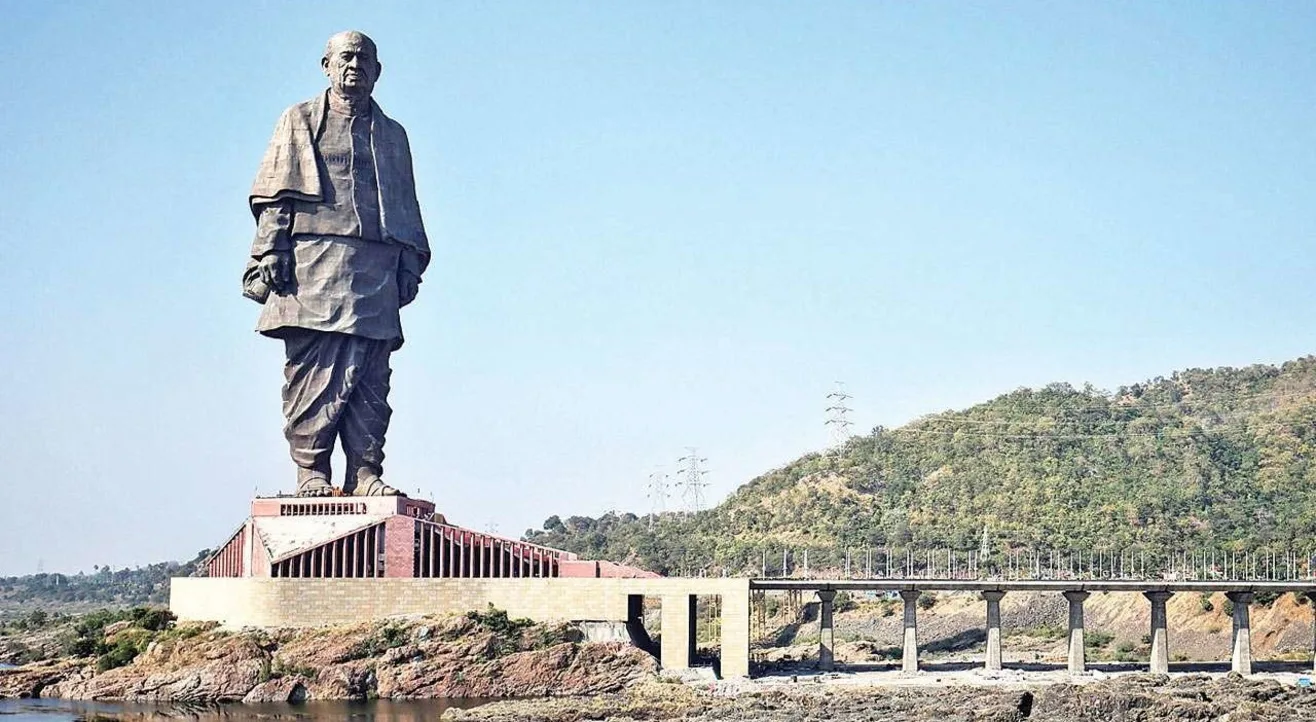
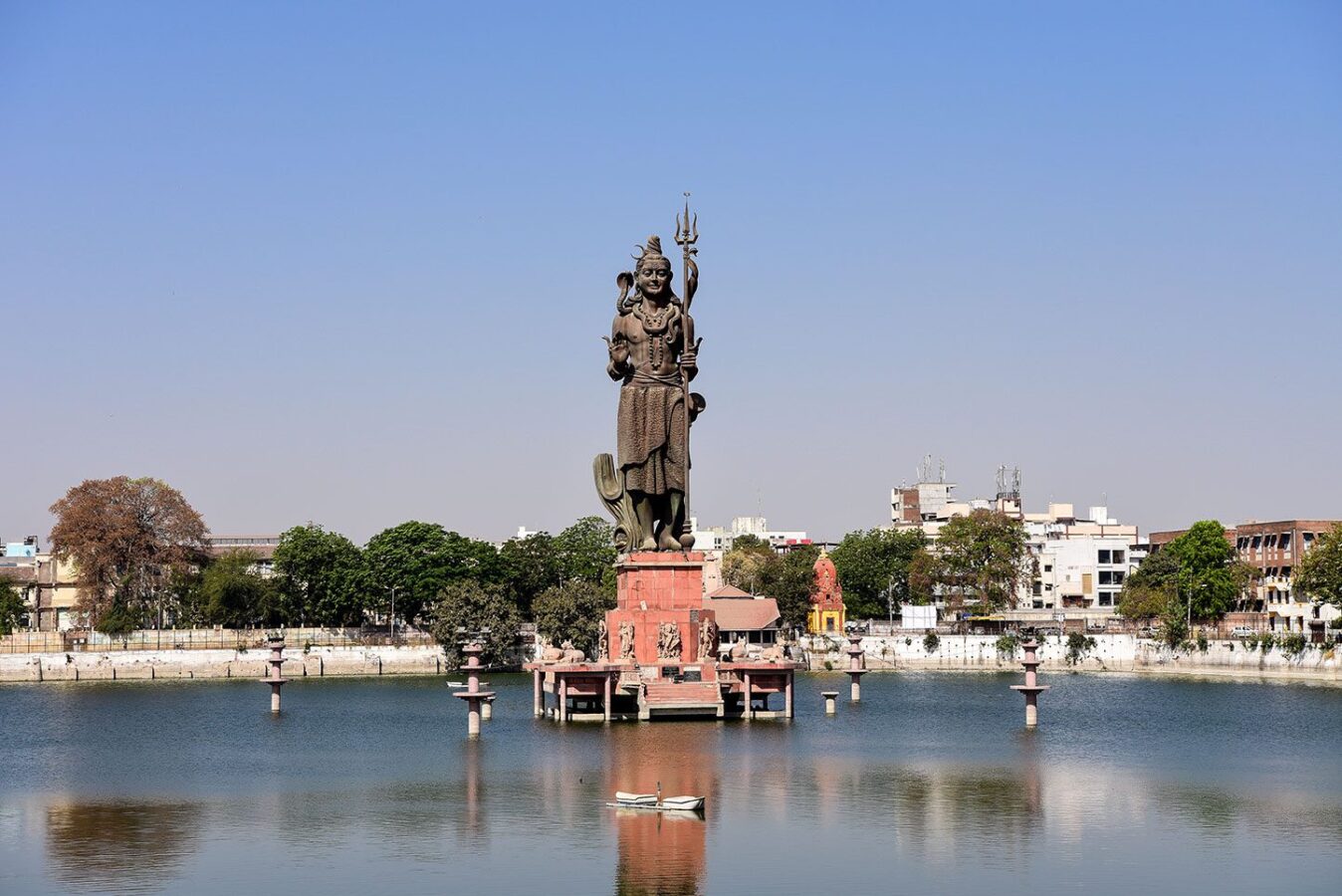
Located at the heart of the city, Sursagar Lake is a scenic and tranquil spot in the city. Bathed in moonlight, the lake looks spectacular. A concrete wall runs around the lake that is used as a vantage point by visitors. Rebuilt in the 18th century with stone banks and masonry, Sursagar Lake
... was earlier known as Chandan Talav. A 120-foot-tall statue of Lord Shiva, known as Sarveshwar Mahadev, was installed at this artificial lake in 2002. It is decorated with lights on the occasion of festivals like Shivratri. The lake is also an immersion point for idols when certain religious festivals are concluded. Boating facilities are available here and you can always enjoy a casual stroll in the pleasant atmosphere. Lire la suite






